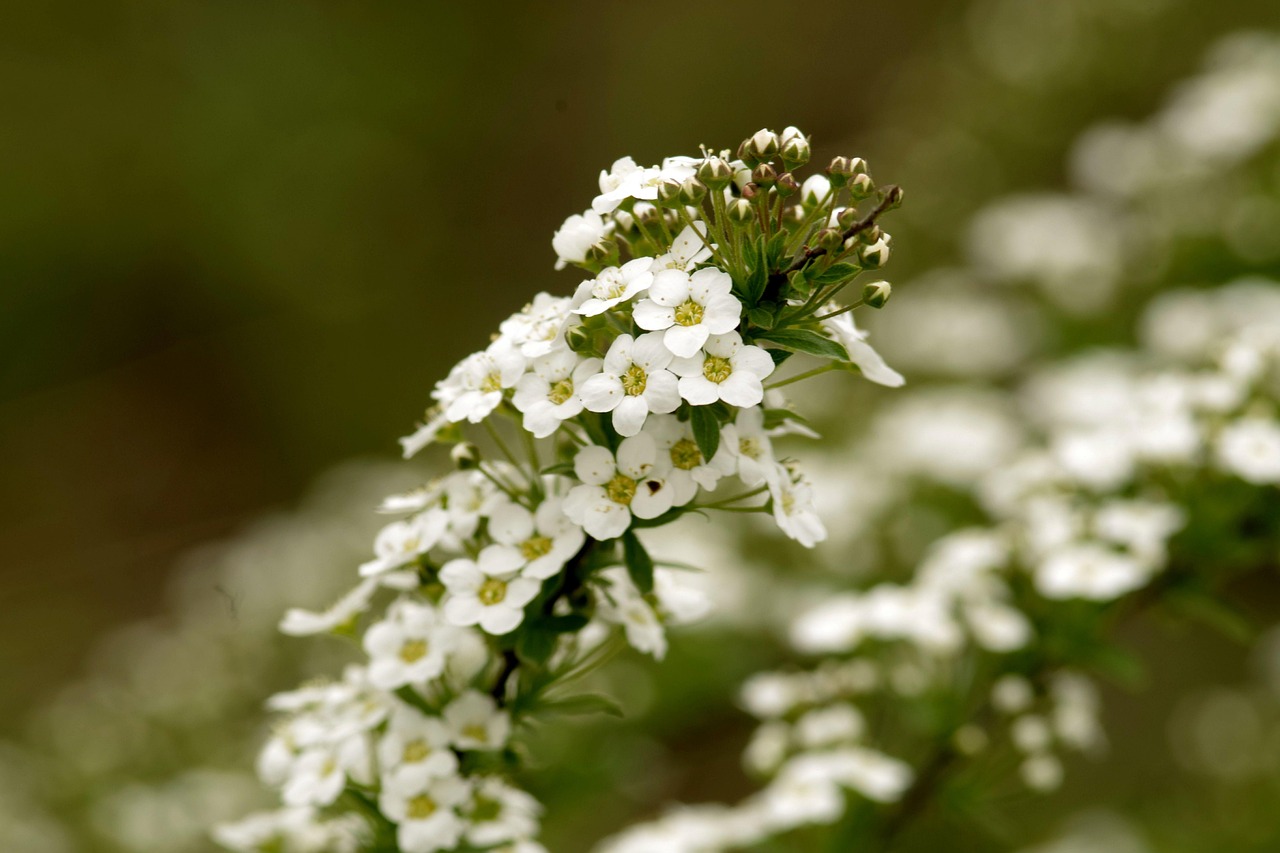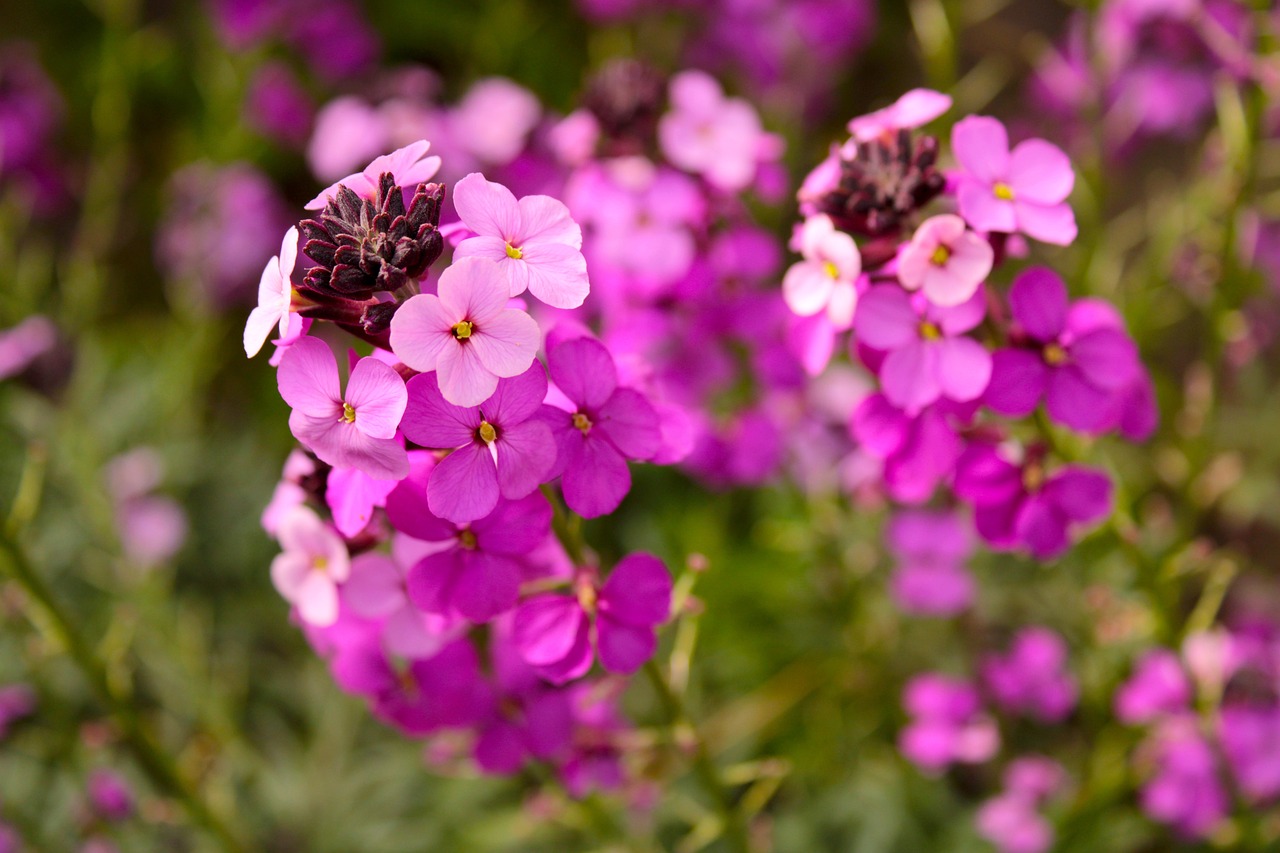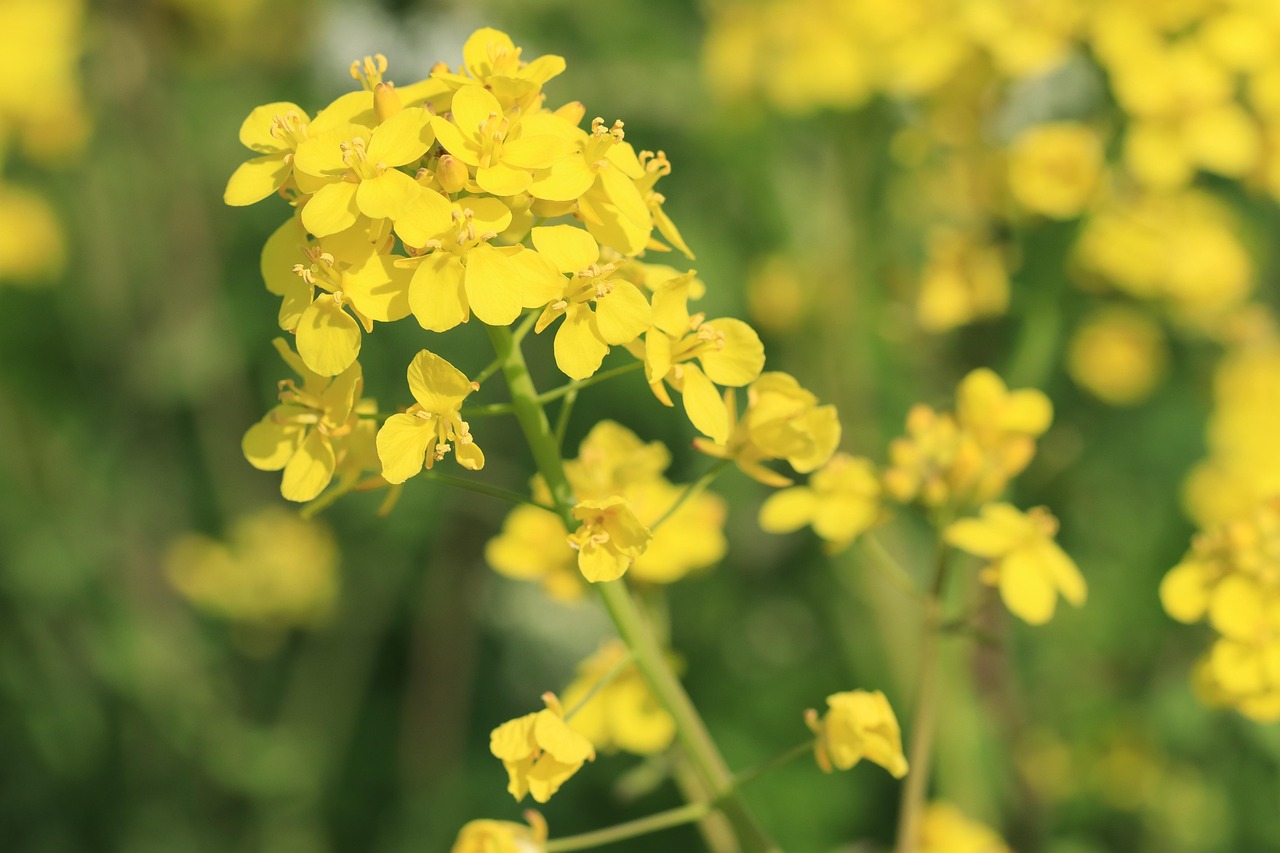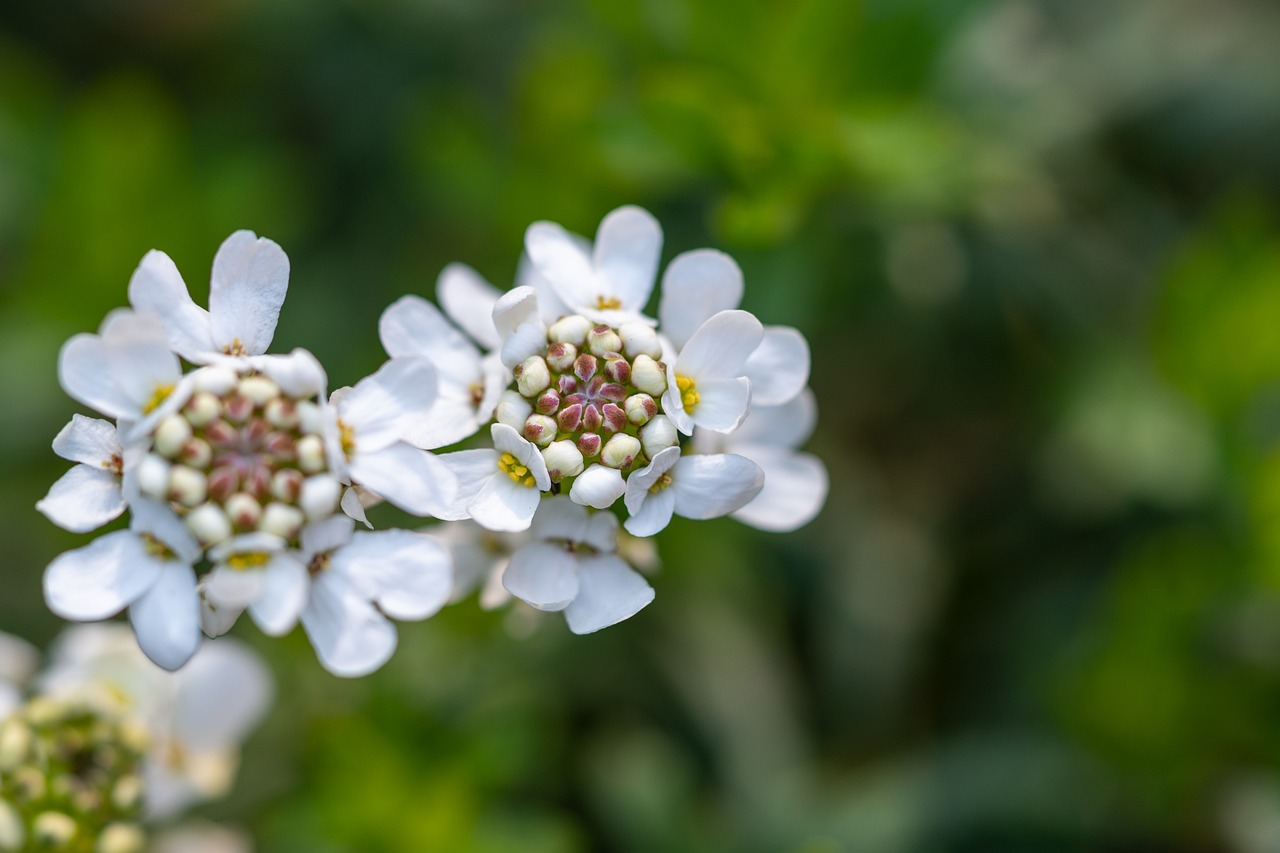Lunaria | Silver Seeds Shining Like the Moon
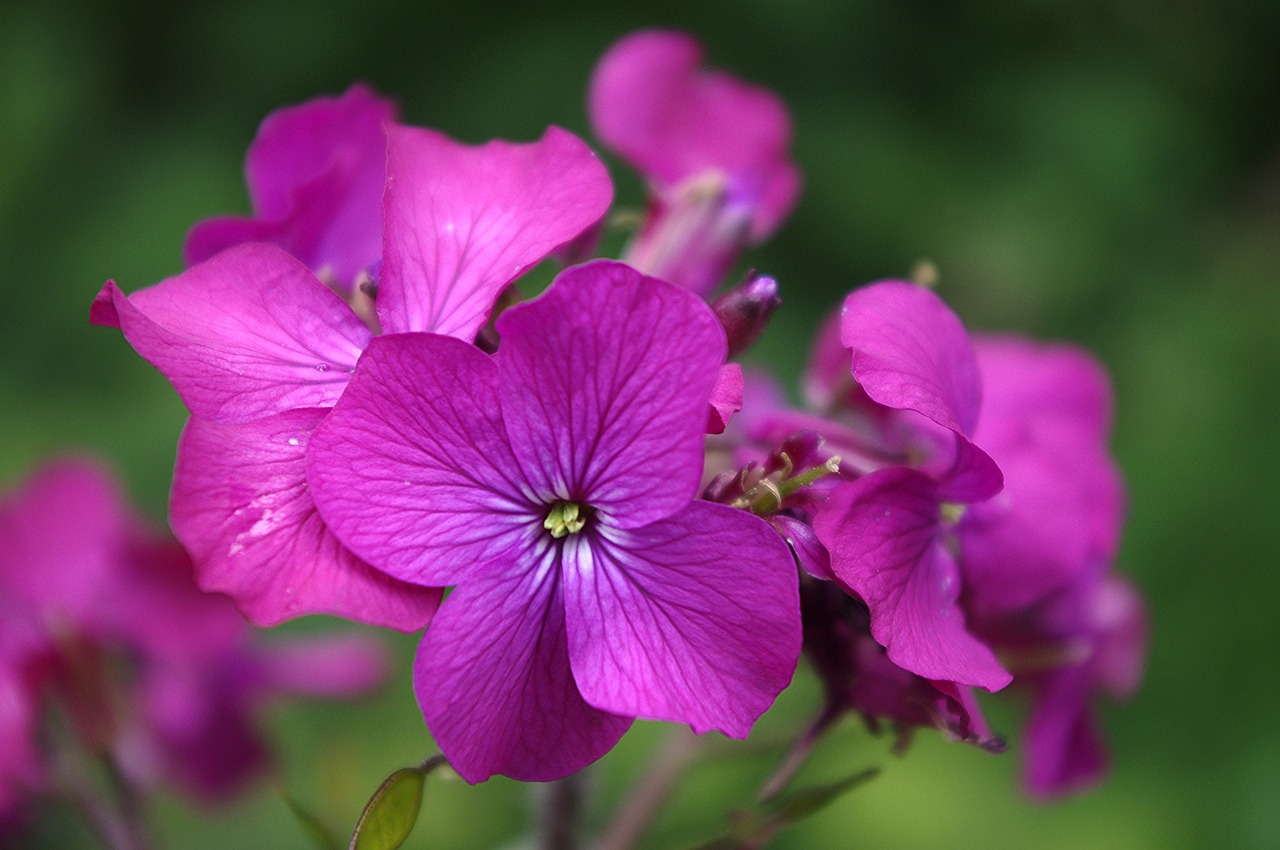
Lunaria is a flower widely cherished for its unique appearance and beautiful colors. From autumn to winter, its silver, coin-like seed pods appear, earning it nicknames such as Money Plant and White Moon.
In this article, I will provide detailed insights into Lunaria, covering its basic information, cultural background, history, and tips on cultivation.
Basic Information
- Scientific Name: Lunaria annua
- Family: Brassicaceae
- Origin: Southern Europe
- Appearance: From spring to early summer, it produces small purple or white flowers. After flowering, thin circular seed pods are formed. Once dried, they take on a translucent silver color and are highly valued as decorations.
- Blooming Season: Spring to early summer (April–June)
- Characteristics: Grown as an annual or biennial plant, it is treasured as both a dried flower and a garden ornamental.
Cultural Significance Around the World

Lunaria carries a name that symbolizes the moon and has long been cherished in Europe as a flower representing wealth and prosperity.
Its coin-like seed pods are considered symbols of good fortune. In England and France, it is known as the Silver Dollar Plant, believed to bring household safety and financial luck.
It is also referred to as Honesty, symbolizing purity and truth.
In medieval Europe, Lunaria was popular in monastic gardens and often used as a religious symbol. Its graceful form frequently appeared in artworks and literature of the time.
Historical Episodes
Lunaria spread through Southern Europe in the 16th century and quickly gained attention among horticultural enthusiasts as an ornamental plant.
During the Victorian era in England, its unique seed pods became extremely popular as dried flowers, widely used for home decoration and gifts.
In the period of the French Revolution, Lunaria’s seed pods were sometimes depicted as symbols of peace and hope, bringing comfort to people during turbulent times.
Thus, Lunaria has carried different meanings across eras and regions, remaining deeply rooted in people’s lives and cultures.
Gardening Advice

Lunaria is relatively easy to grow and can be enjoyed both in gardens and pots. It prefers sunny to partially shaded environments and thrives in well-drained, organically rich soil.
The ideal sowing time is early summer, with flowers blooming the following spring through early summer.
During growth, moderate watering is necessary to prevent dryness, but care should be taken to avoid excessive moisture.
Applying slow-release fertilizer during the growing season helps ensure healthy development. In particular, providing sufficient nutrients during the seed pod formation stage results in beautiful, coin-like pods.
For dried flowers, harvest the pods along with their stems before they are completely dry. Once harvested, they can be enjoyed for long periods as room decorations or thoughtful gifts.
Conclusion
Lunaria, with its unique beauty and cultural heritage, is a versatile flower appreciated both as a garden ornament and as a dried flower.
Because it requires only simple care, it is also recommended for beginners. I encourage you to grow Lunaria and fully experience its charm.


